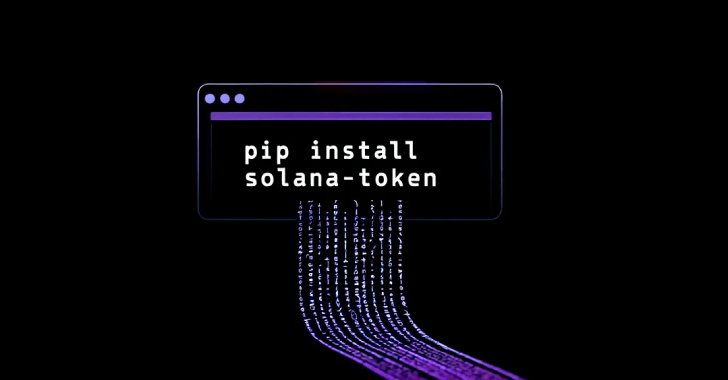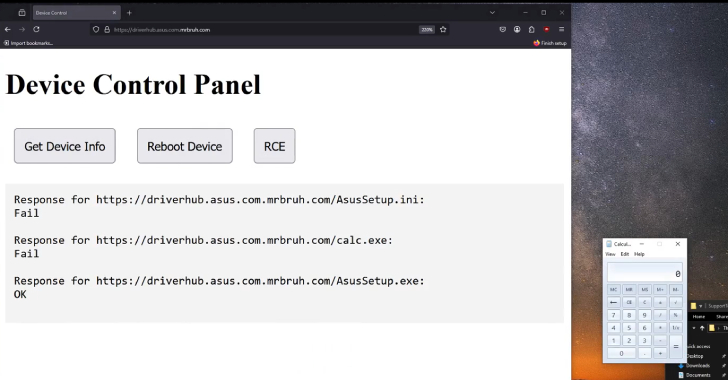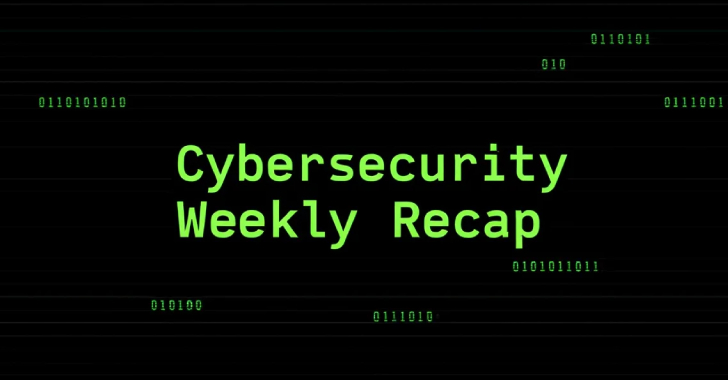Horabot Malware Targets 6 Latin American Nations Using Invoice-Themed Phishing Emails
Cybersecurity researchers have discovered a new phishing campaign that’s being used to distribute malware called Horabot targeting Windows users in Latin American countries like Mexico, Guatemala, Colombia, Peru, Chile, and Argentina. The campaign is “using crafted emails that impersonate invoices or financial documents to trick victims into opening malicious attachments and can steal email










